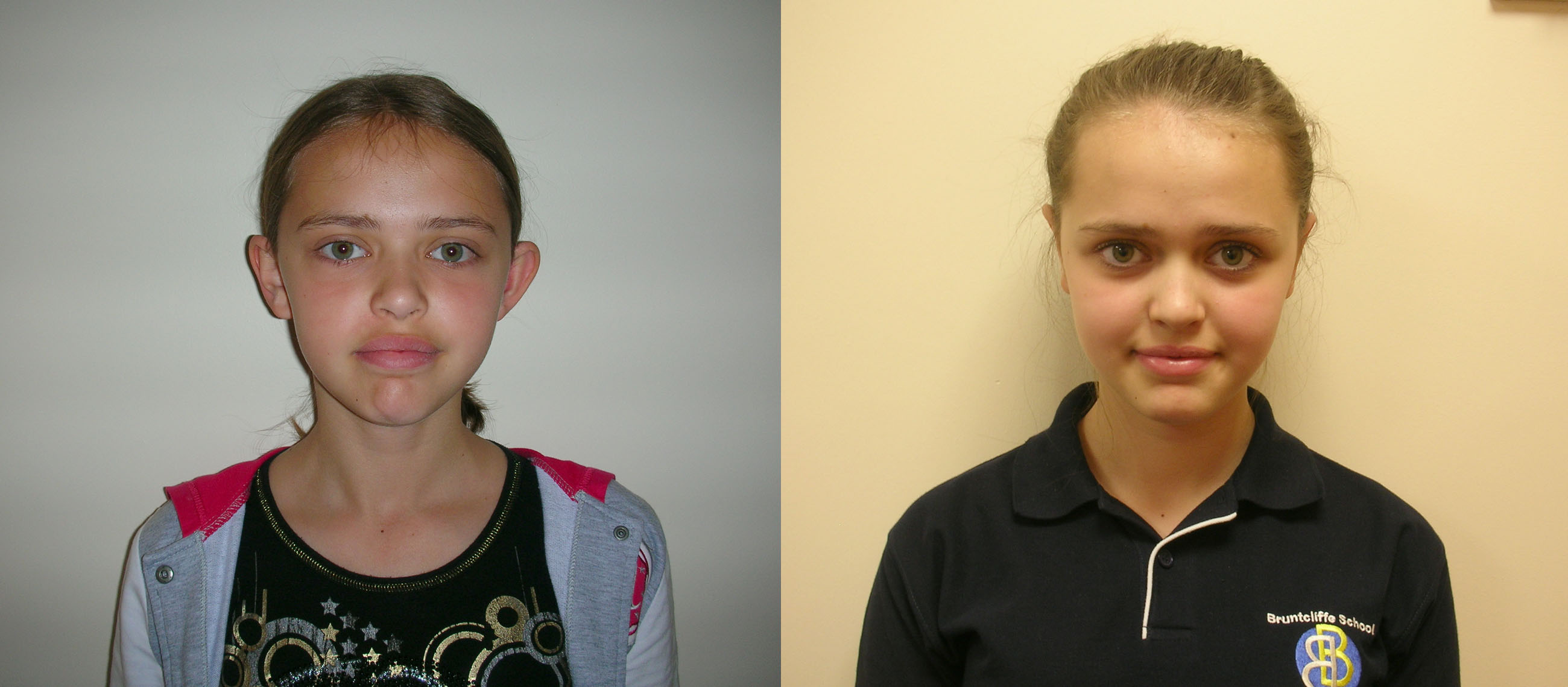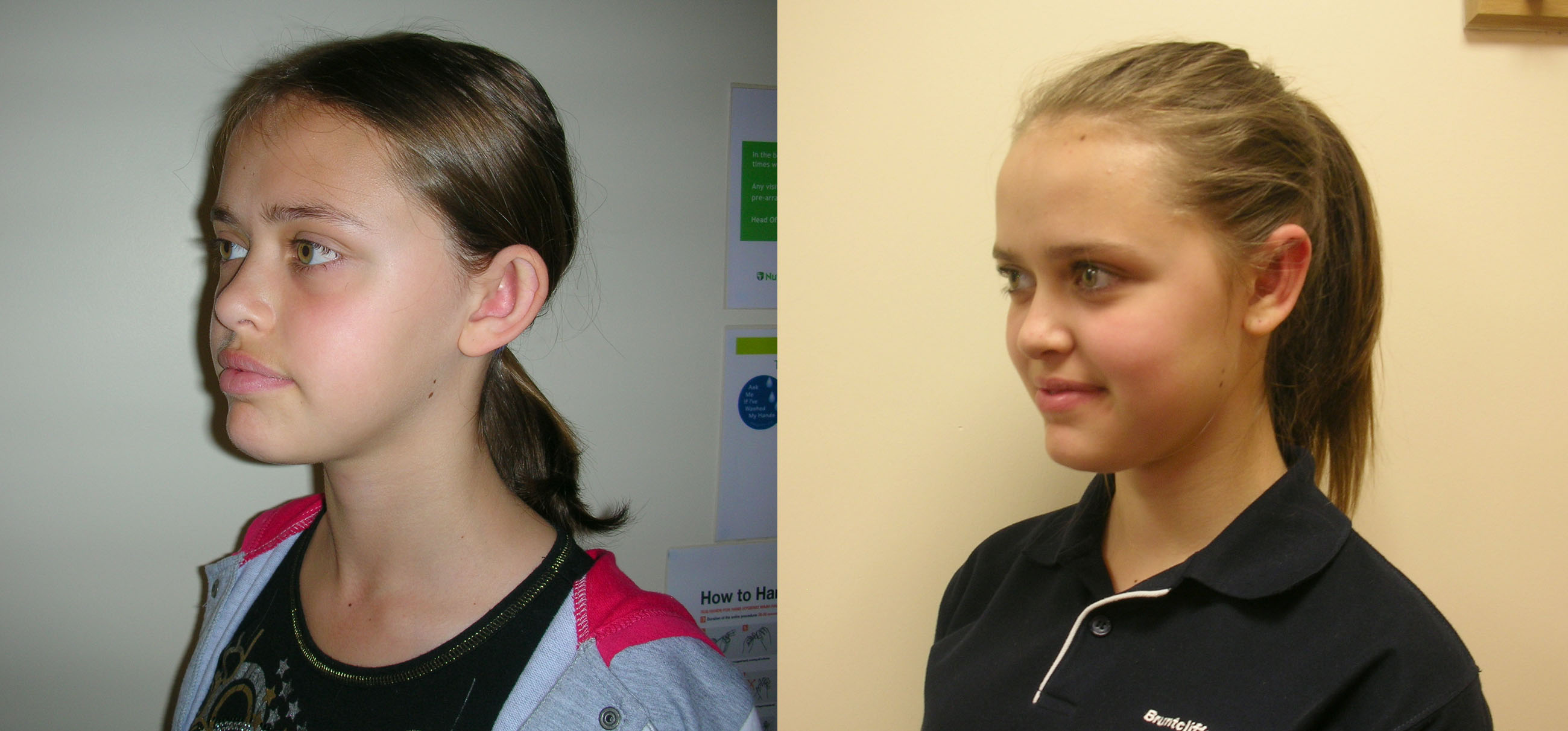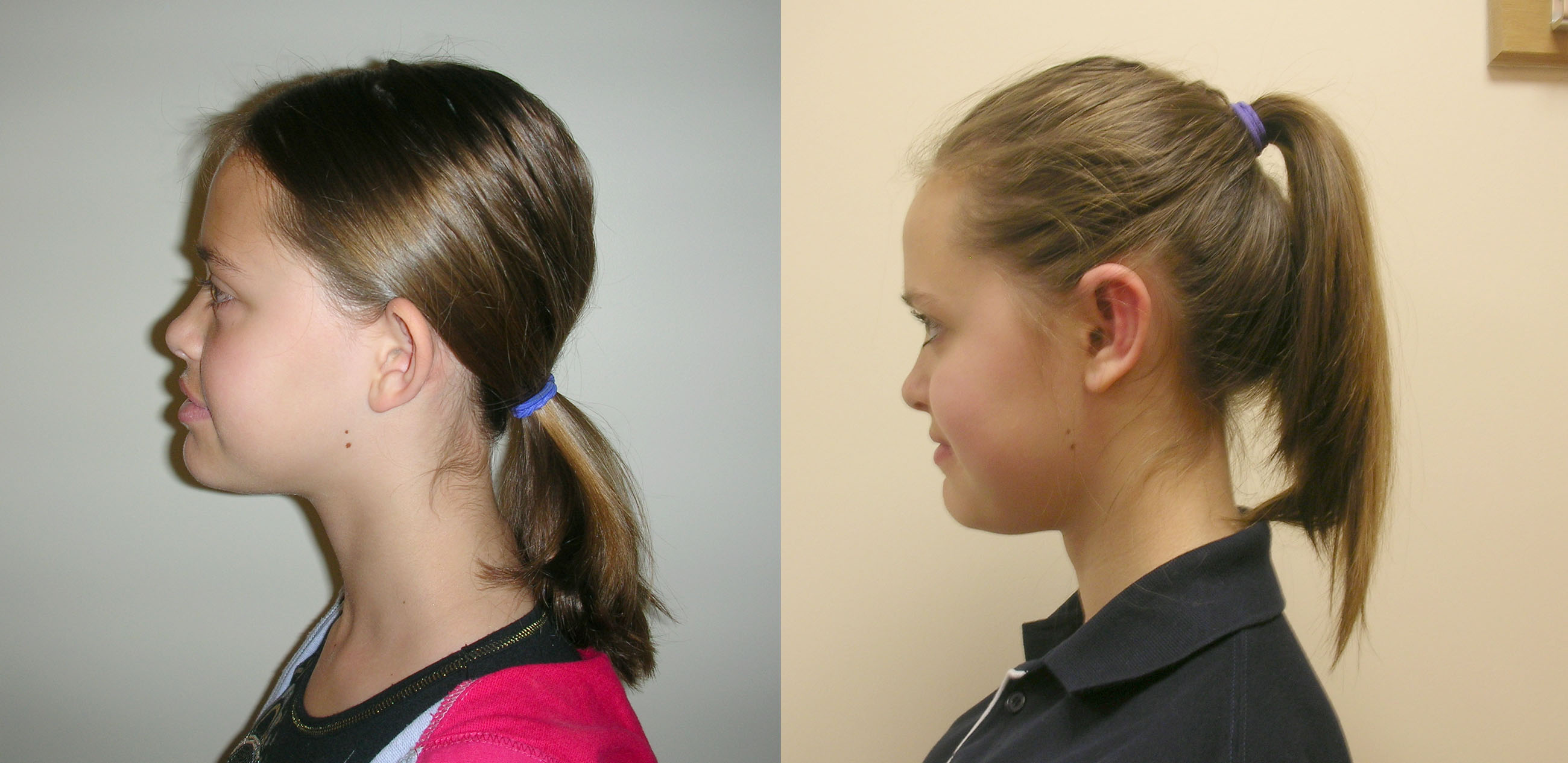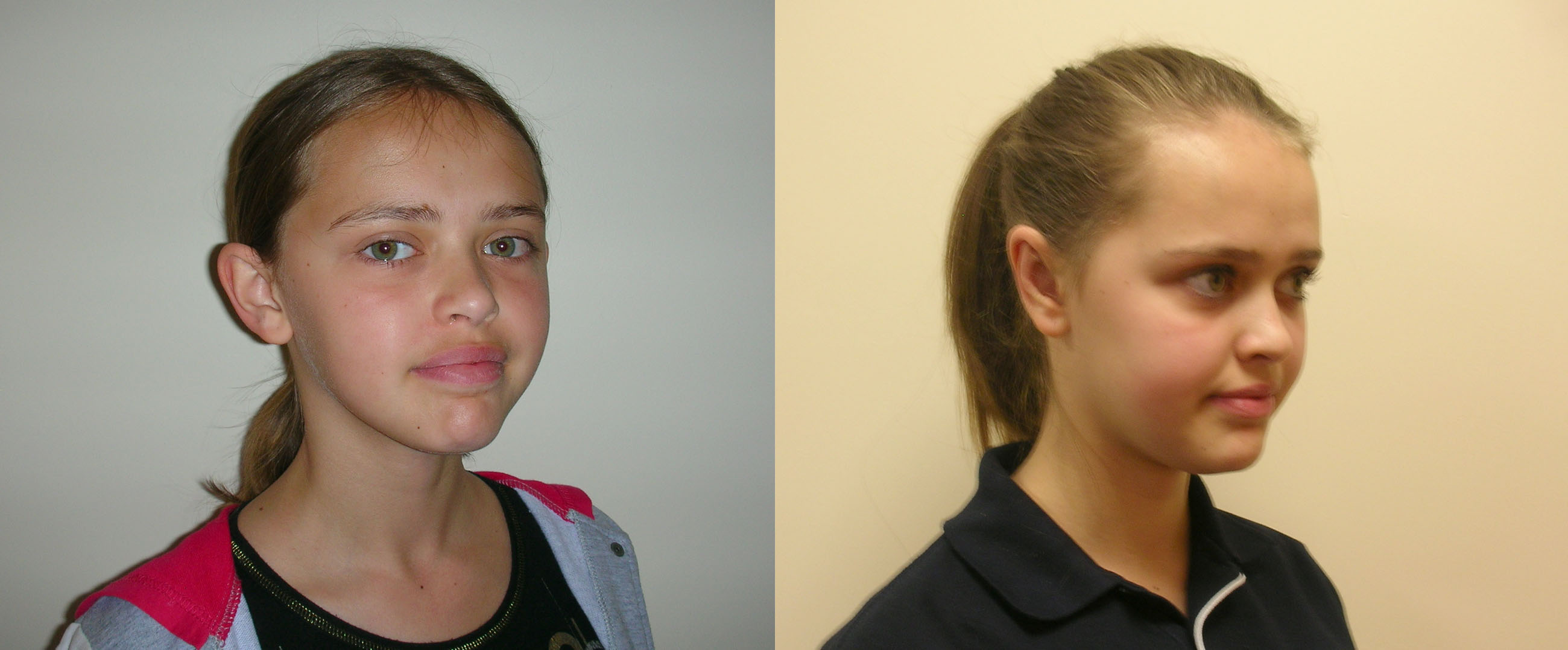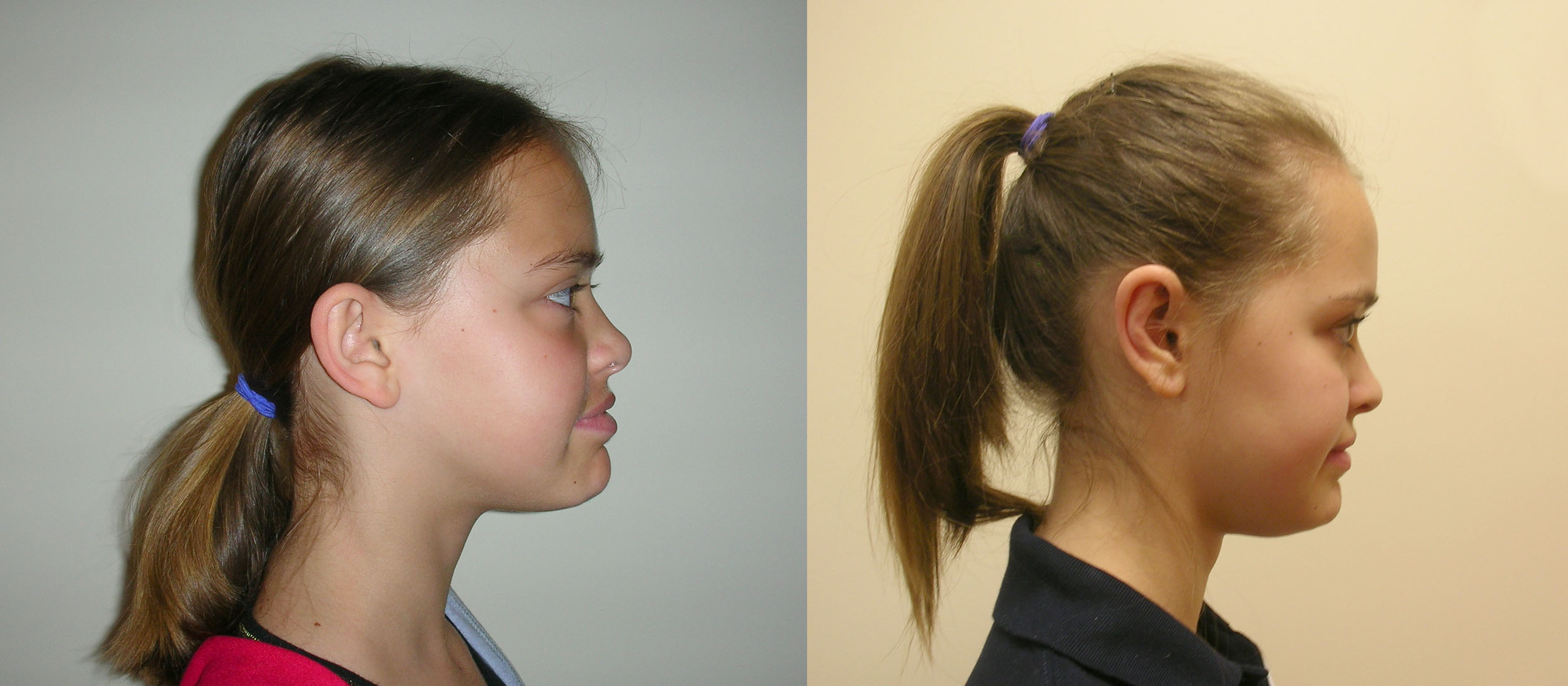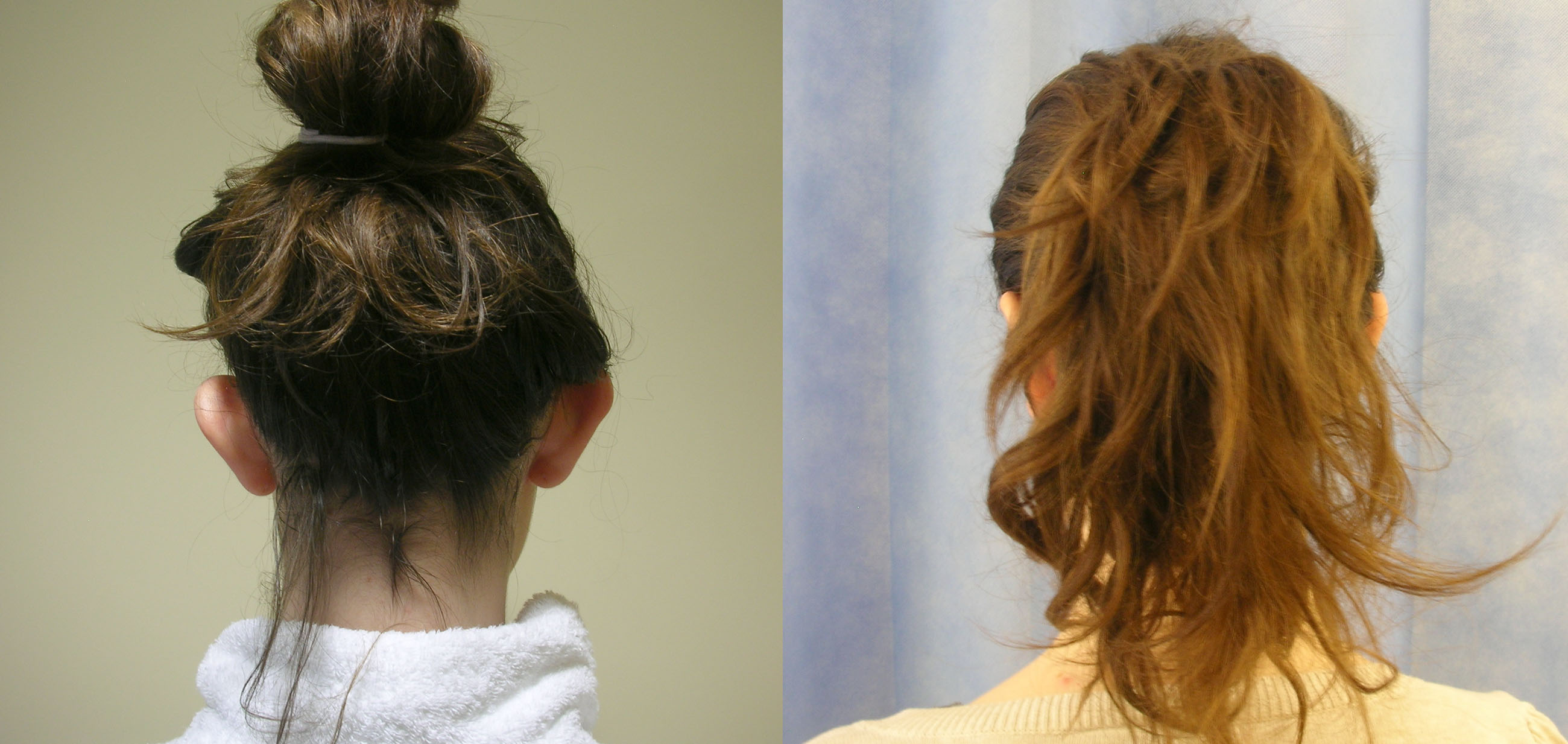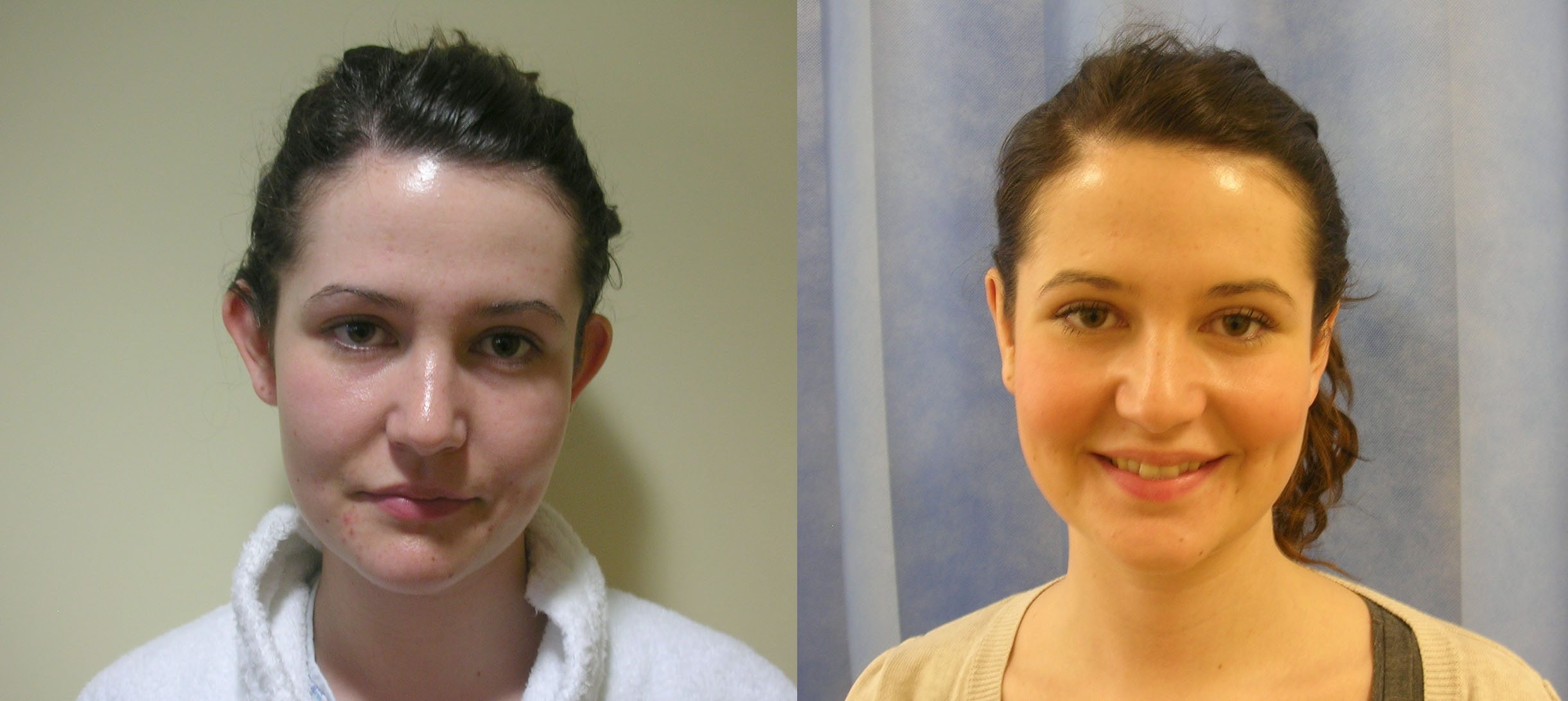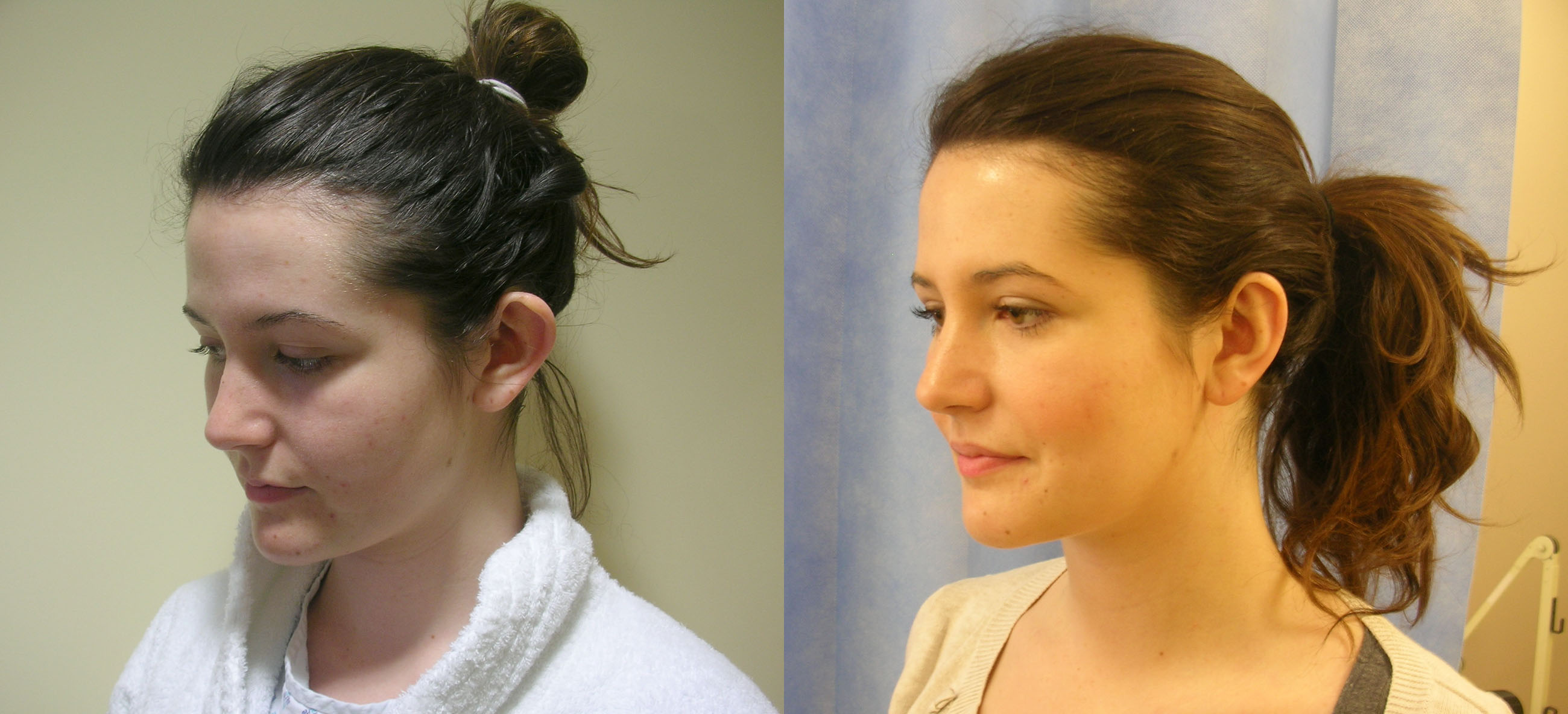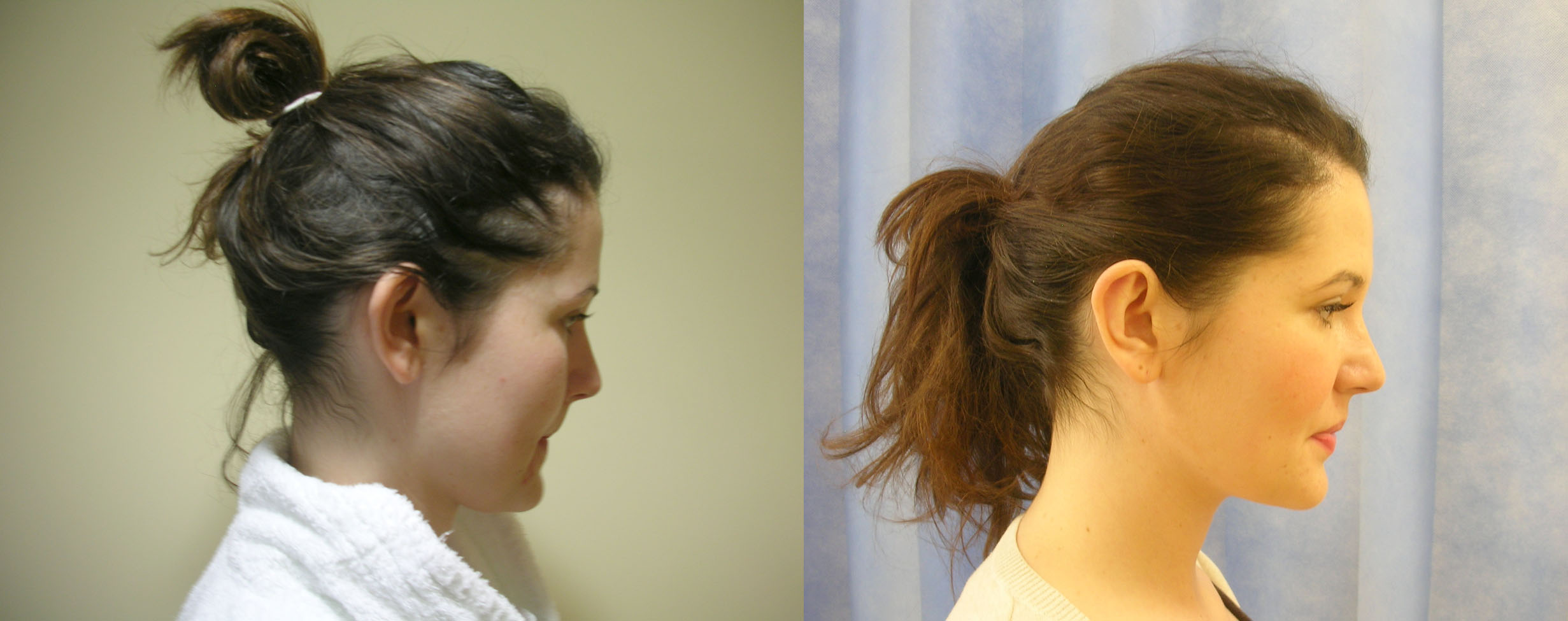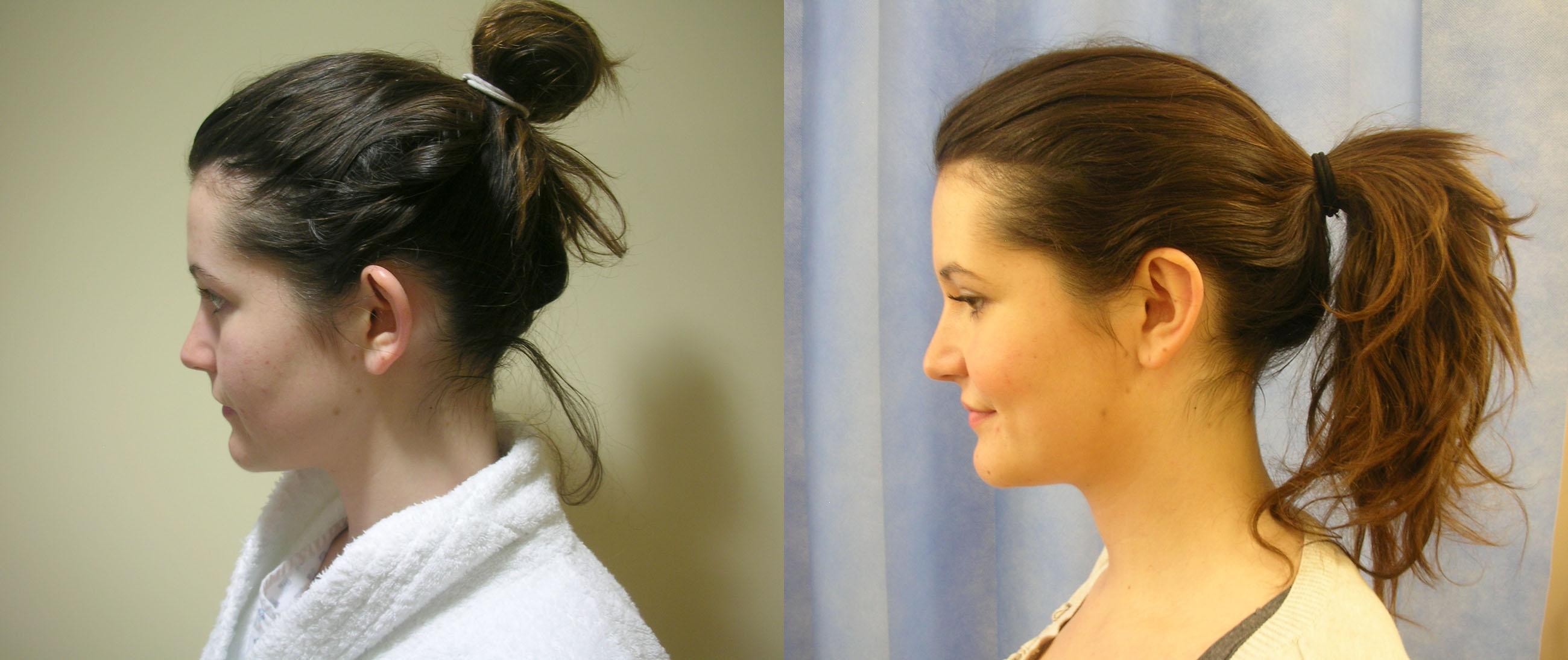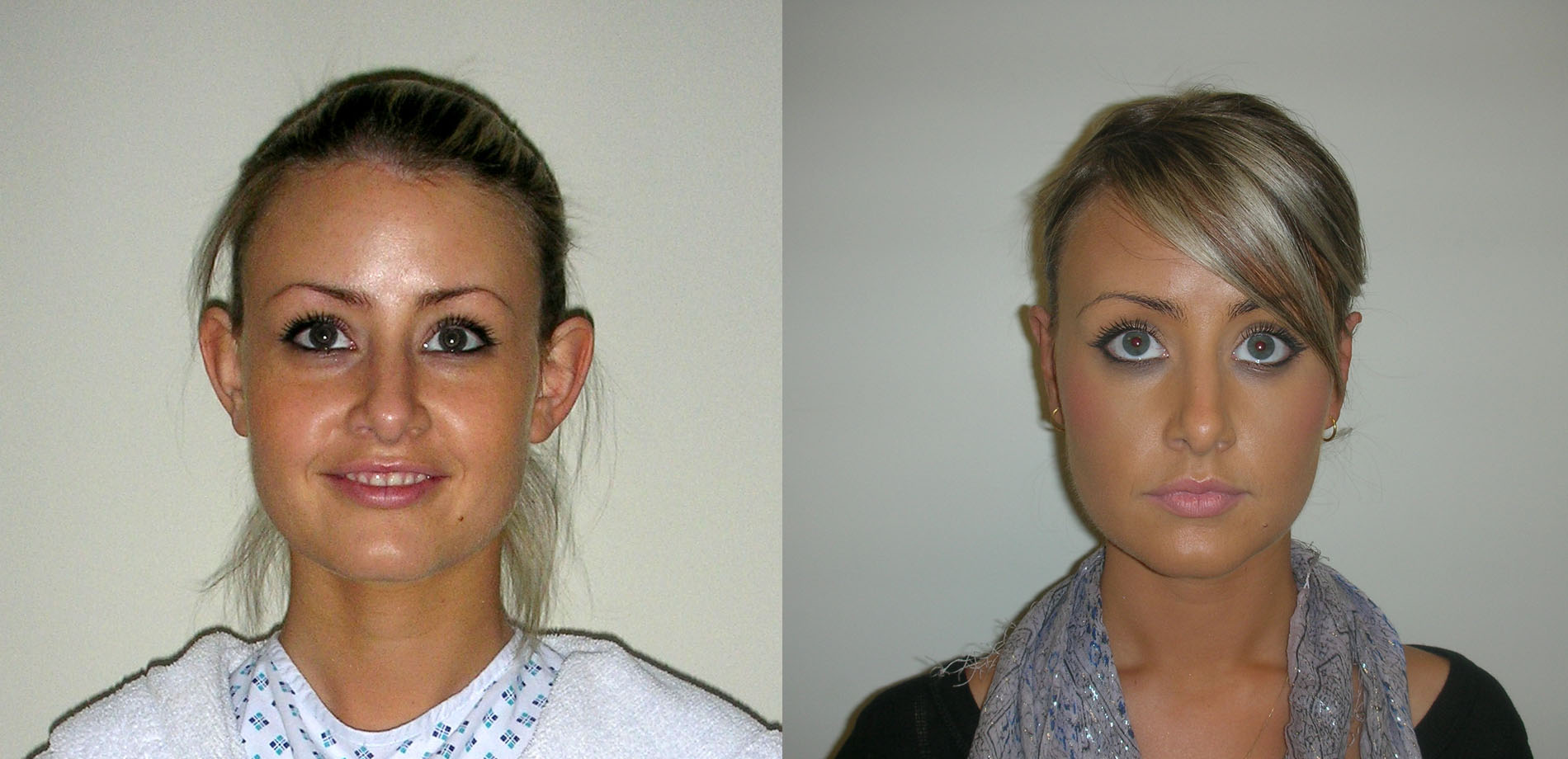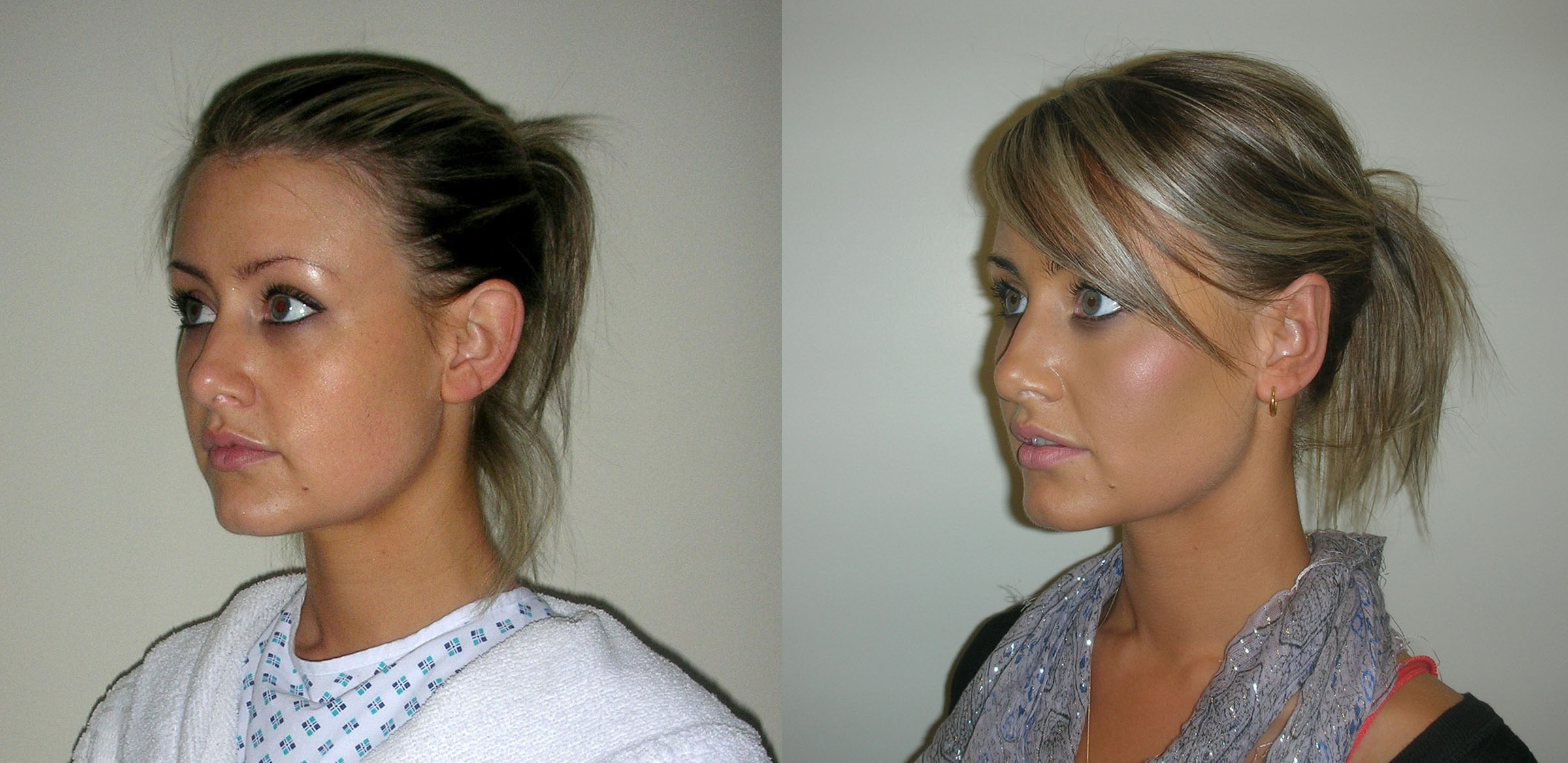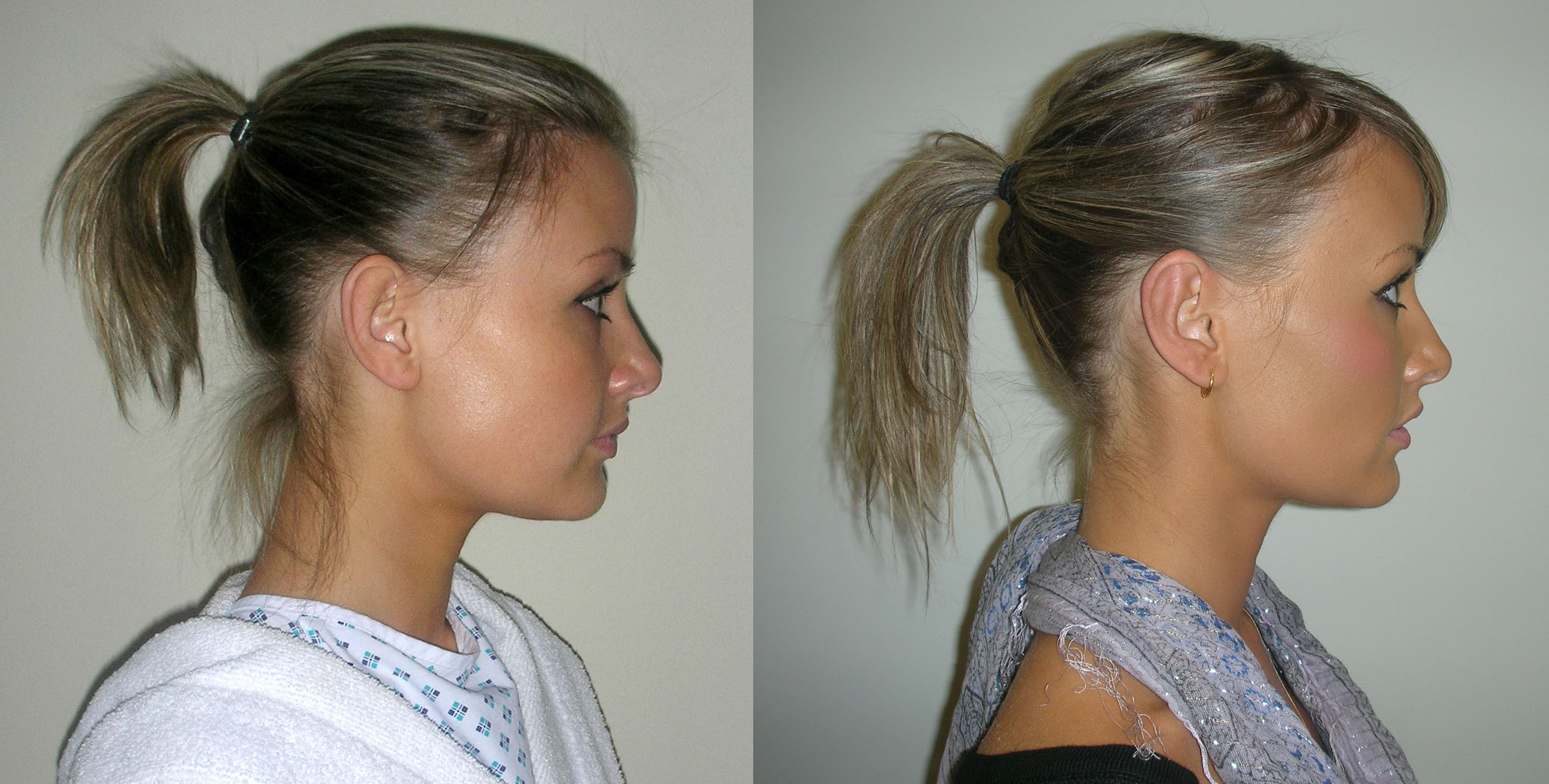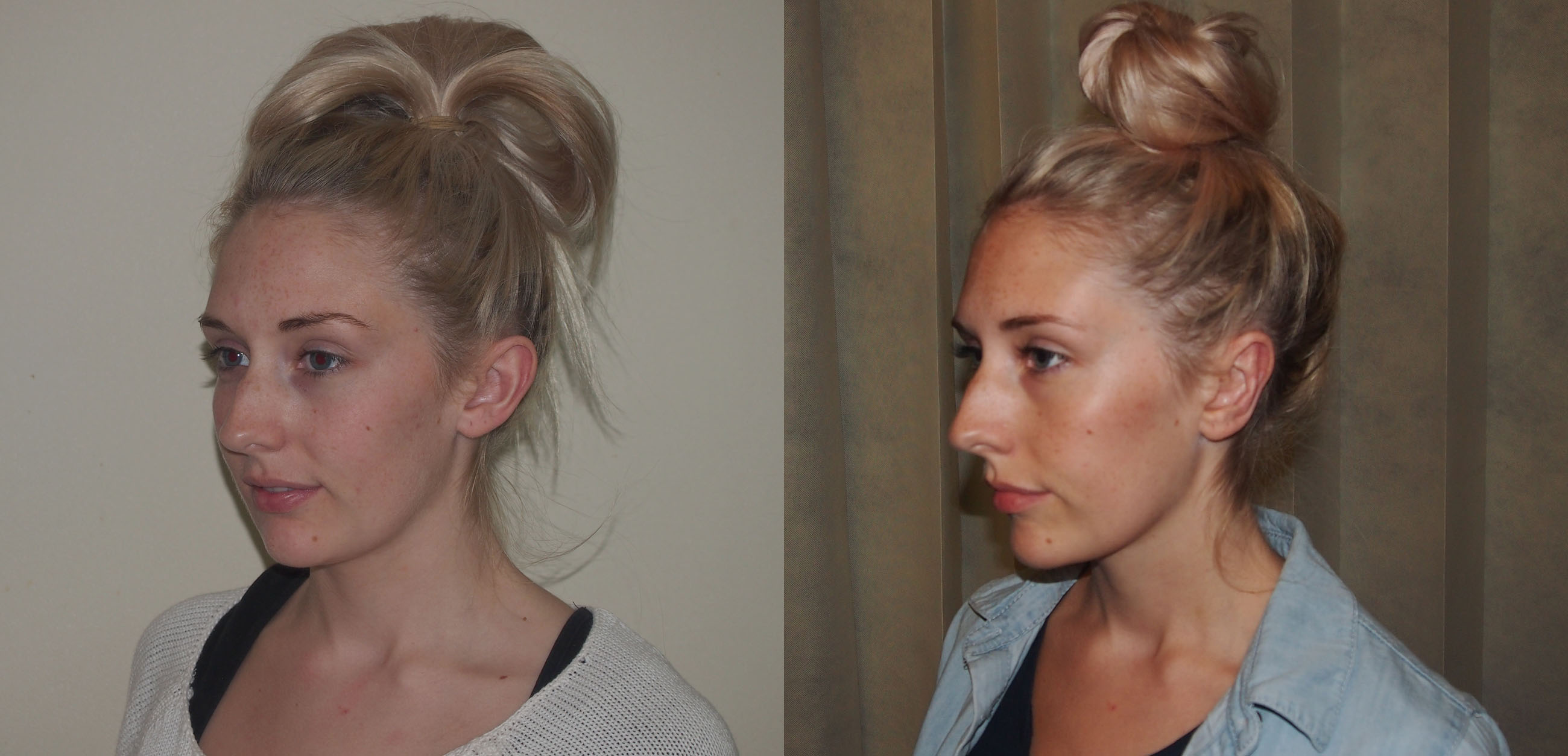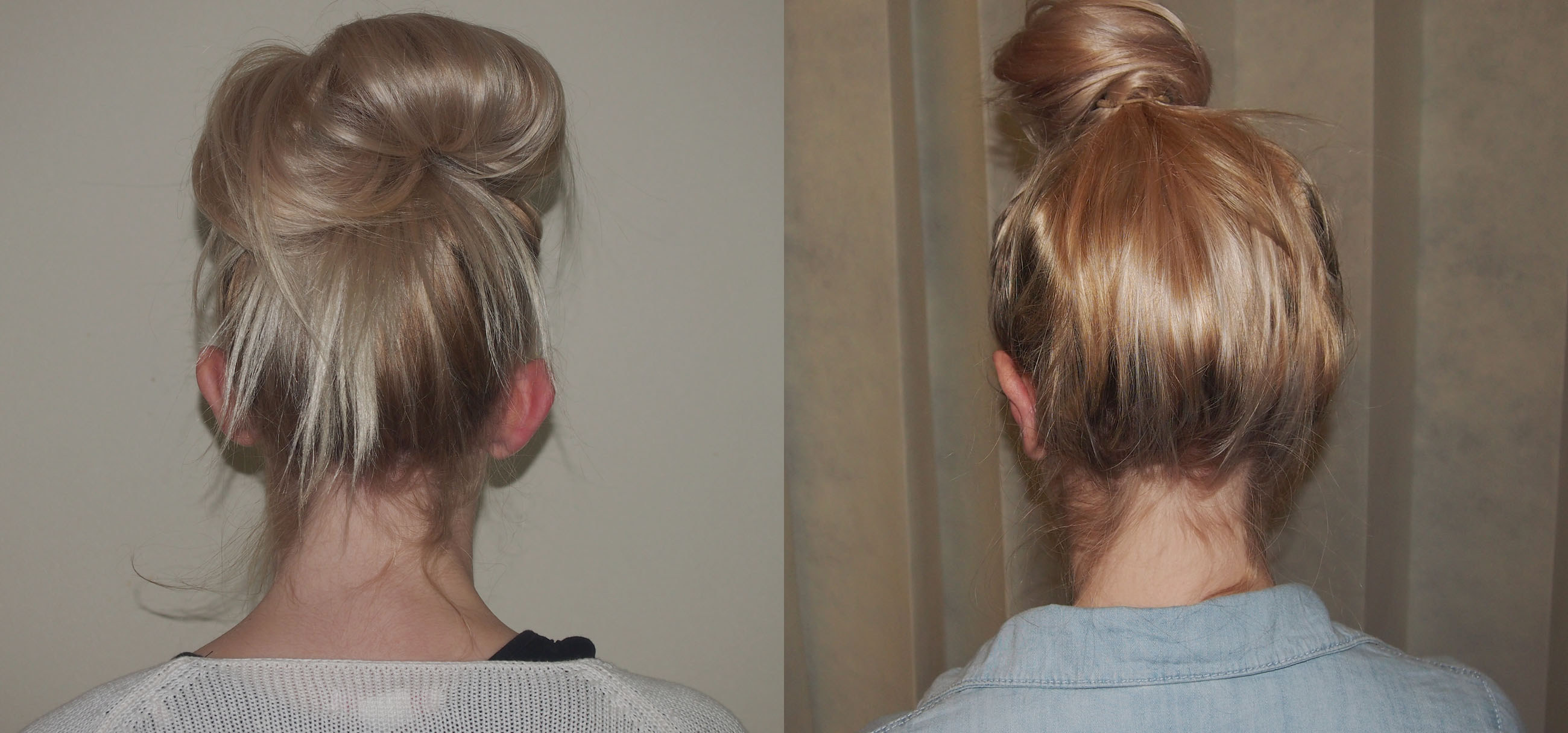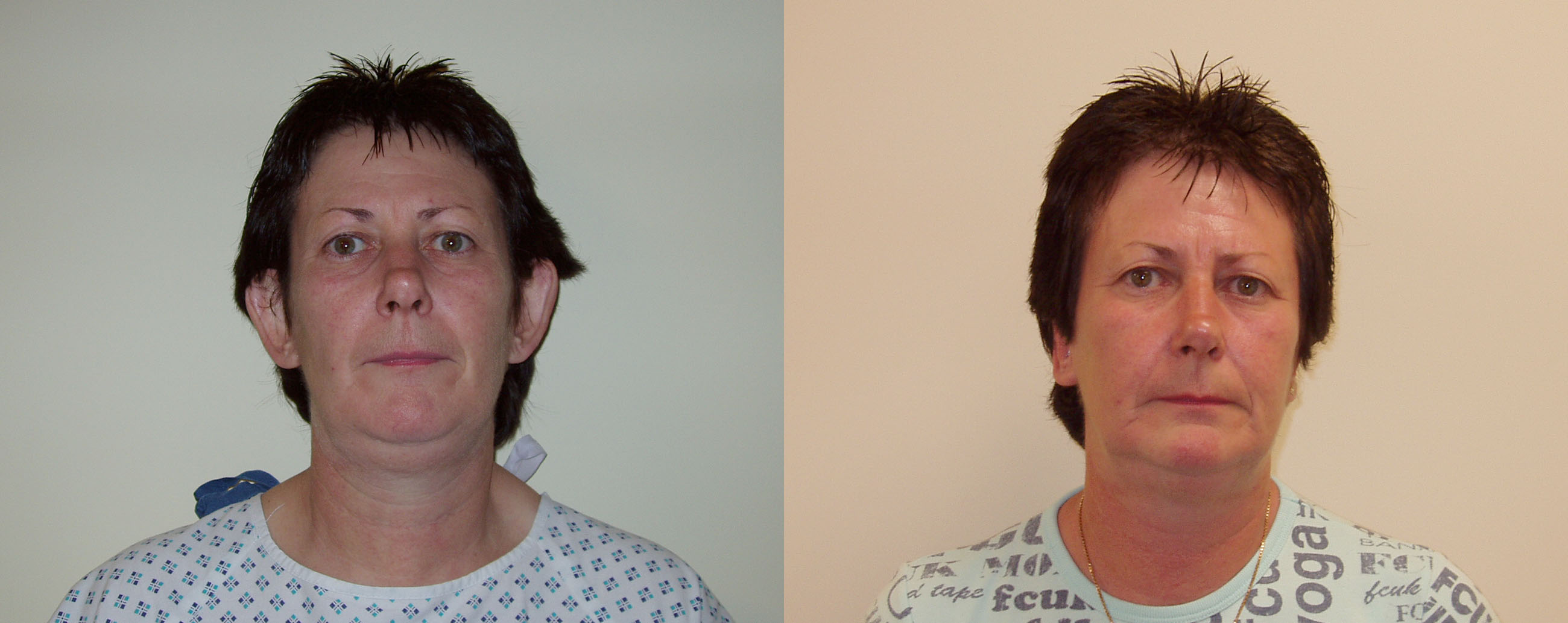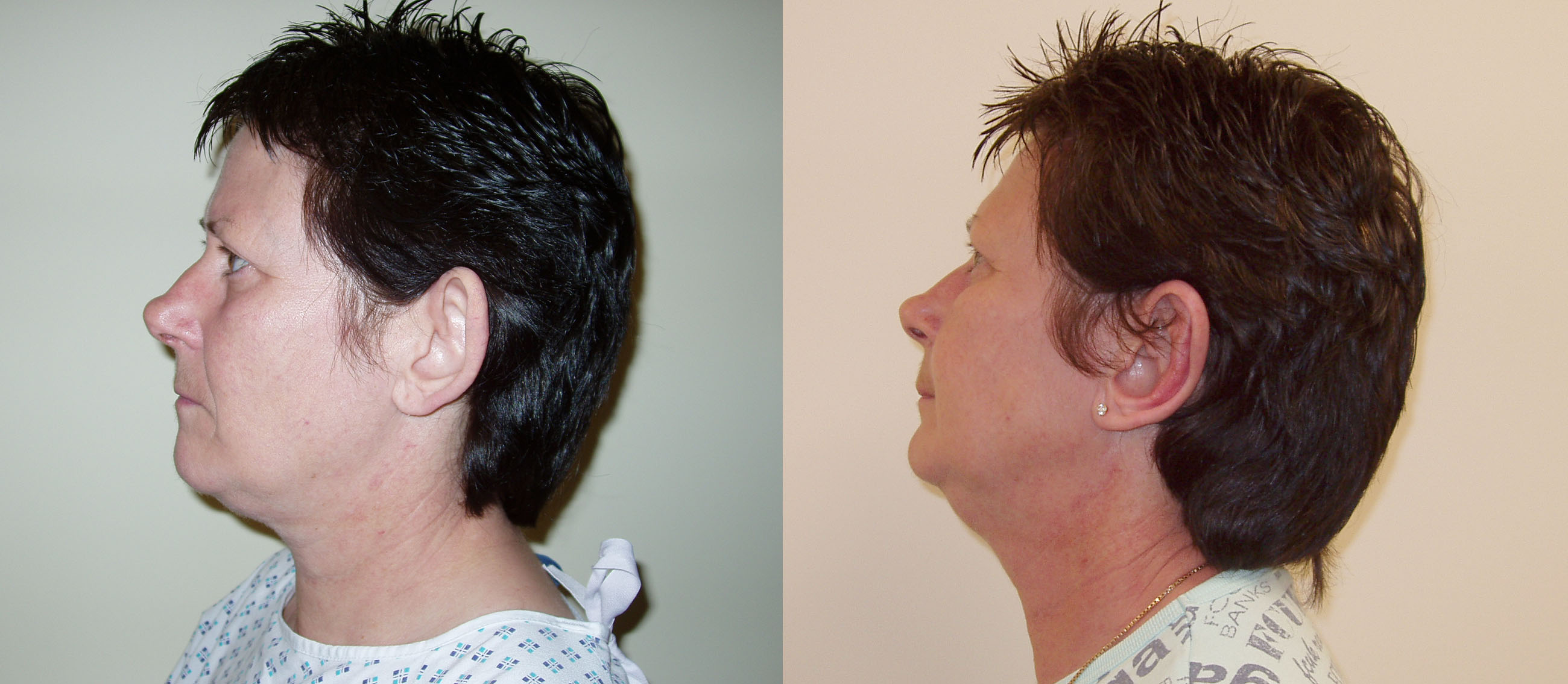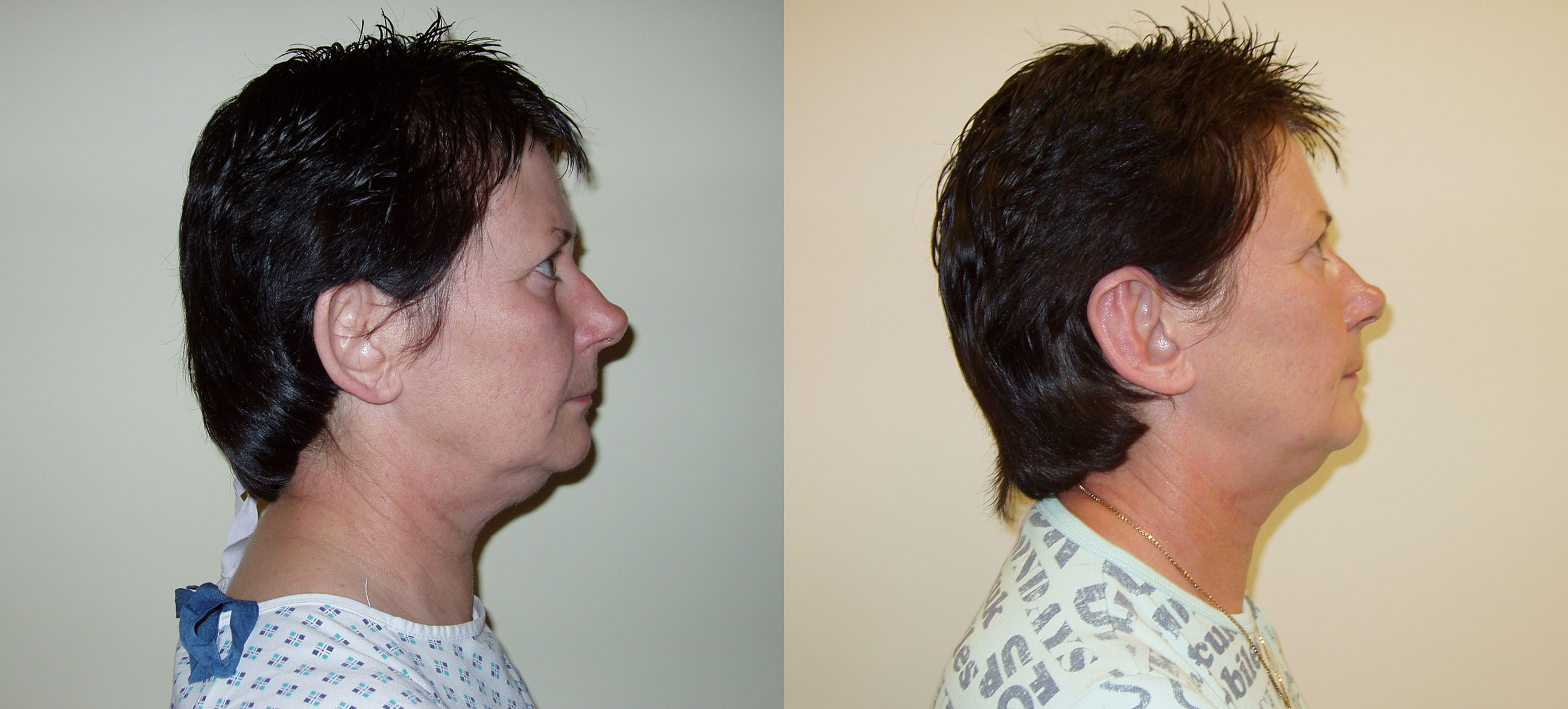Risks and limits of surgery
What is the youngest age a child's ears can be corrected?
In childhood the ears are, of course, still growing and the final shape remains unknown. By the age of 10, however, the ears are at least 70% of their fully grown size and shape. Children are generally not troubled by their ears until they leave junior school. It is after this time that many become very self-conscious or indeed what might have been mild teasing becomes more serious bullying. The right age will therefore vary from child to child but as a general rule I prefer to operate on children no younger than just before the time that they will enter senior school, ideally during the summer holidays before term starts.
At the other end of the spectrum, there is no limit as to when you can have your ears corrected and over the years I have been surprised at patients coming at a whole range of different ages. I always ask them why they have left it for so long and the most common answer is that as a child it was not considered a serious problem by those around them and as an adult they were never in a position either financially or in terms of time to have the surgery. The oldest patient that I have treated with this condition was in her 50s and had been bothered about her ears all her life.
I have big earlobes, can these be treated too?
Earlobe problems are a not infrequent reason for patients to come to see me. The commonest is a split earlobe, either partial or complete, caused by earrings, either by their weight over the years or by an injury. This can be easily treated under local anaesthetic and I frequently carry this out in an Outpatients setting. Techniques are available to close the split completely. In this situation, if you want to wear earrings later, you would need to have your ear pierced at around three months after surgery.
An alternative is to close the split but maintain a small hole, in which case once the tissues have fully healed and reached full strength (around four weeks), light earrings can be applied, heavier ones from three months onwards.
Earlobes that stick out frequently accompany prominent ears and adjustment can be carried out at the time of surgery for the ears if they are a problem. This usually involves adjusting the incision so that on its closure the earlobe is brought in. Very large earlobes on their own can be reduced by removing a wedge of tissue and hiding the scar in the groove between the earlobe and the face. Again, these procedures can be carried out easily under local anaesthetic.
I have ears that are not prominent but are too large for my face, is there a way of reducing these?
Occasionally I have come across patients whose ears are abnormally large for their face and this is a great source of embarrassment for them. There are various techniques to reduce the size of the ears and I am happy to see patients to discuss this on an individual basis at consultation.
I have irregularity of the rim of my ear and an abnormal shape to the cartilage, is there anything that can be done for this?
There are a variety of different abnormalities that affect either the rim or the cartilage structures themselves. As the shape of the ear depends on the shape of the cartilage, most of these involve adjustment of the cartilage shape to restore a more natural appearance to the ears. This is something that I am happy to see you to discuss at consultation.
Are there any risks?
All surgery carries a risk of complications. The newer techniques of setting back the ears carry less risk of complications than the older techniques but I will go through all these with you in detail at consultation.
My child has very prominent ears but does not seem bothered by them but I would like them set back, is this something that you would do?
Prominent ears are a common variation of the normal range of ear shape and size. For many individuals they cause no problems whatsoever and there is no need in these situations to operate on them. In children, I do not carry out surgery unless the child is of an age where they have made it clear to their parents that they would like their surgery and have some basic understanding of what is involved. This is typically around the age of 10.
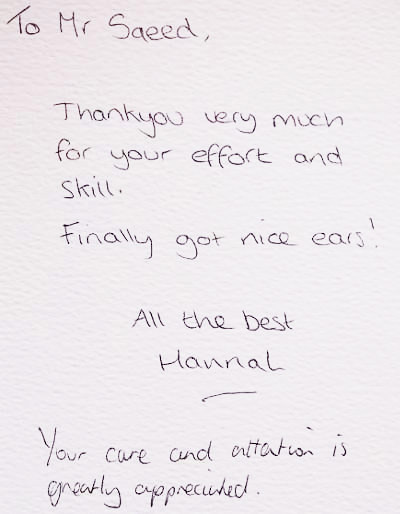
Prominence of the ears is a relatively common condition, indeed it is just one end of the normal spectrum of ear shape and for some individuals it causes few problems. In others, however, it is acutely embarrassing and many children suffer with it throughout their childhood and into adulthood. Many try to hide their ears by growing their hair long, wearing hats or withdrawing. In extreme cases I have come across patients who will not let close family members look at their ears. Some children are teased at school and this can progress particularly in senior school to outright bullying. Over the years I have frequently come across adults who have suffered with their ears all their lives and have always wanted to have them corrected but have never been in a position to do so.
Prominence of the ears is generally caused by two factors. The first of these is the fold that normally turns the ear back. This is the fold that is next to the outer rim and is called the antihelical fold. In some individuals this fold is either under-developed or does not develop at all. If this is the case then the part of the ear that normally turns back simply protrudes outwards, giving a prominence to the ears. The second factor is the cup or bowl of the ear. In some individuals this is much deeper and again if this is the case the ears will tend to stick out, this time from the base. Either or both of these factors may contribute to prominence of the ears and both are amenable to surgical correction.
For children and adults who have suffered with embarrassment about their ears the effects of surgery can be life-changing. Over the years I have seen children and adults post-operatively much happier and with much greater confidence. Prominence of the ears, however, is part of the spectrum of normal variation and does not necessarily require treatment. If your child has prominent ears and is quite happy with them or you yourself do and are happy with them, there is no reason to have any treatment at all. Correction of prominent ears is a relatively short surgical procedure and our modern approach to it is to shape the cartilage rather than the more radical repositioning procedures that were used in the past. This makes recovery fairly straightforward and the procedure itself can be carried out either under local anaesthetic or general anaesthetic. I have found that many children, particularly teenagers, tolerate the procedure very well under local anaesthetic (awake).
Whether carried out under local anaesthetic or under a general anaesthetic, the surgery to correct prominent ears is carried out through an incision at the back of the ear. A portion of skin is removed which gives access to the cartilages of the ear. Following markings made on the front side of the ear, permanent stitches are put into the cartilage to recreate the fold that turns the ear backwards if this is lacking or under-developed. If the cup is deep, stitches are used at a different level to set the cup back towards the side of the head thus reducing how far it sticks out.
The wound is then closed and my preference is to use a pullout suture that stays in place for two weeks. Light dressings are applied and then a head bandage which resembles a turban. Over the years I have tried a variety of dressings but have found this one to be the most reliable. The turban dressing is designed to protect the ears and maintain their position for up to two weeks. This allows the newly shaped cartilage to set and the incision to heal before the turban is removed. The operation typically takes 90 minutes and in most cases are you able to go home later on the same day.
If your surgery is being carried out under local anaesthesia, before starting the surgery I will give you a small injection into the back of the ear. This numbs a small area and further injections of local anaesthetic are given through this small area. Once the whole of the ear is numb (and I always test it to ensure this is the case) surgery commences in the same way as for patients under general anaesthesia. You will feel movement and pressure but you should feel no discomfort at all during your procedure. Again, after your operation you will be allowed to go home later on in the day.
At your or your child’s consultation I will start by going through a medical history and thereafter examine the ears. Not infrequently I find that one or both parents may be affected by a similar condition and indeed sometimes parents who have been affected can empathise with their child’s feelings about their ears. Following an assessment of the cause of the prominence of the ears I will make a surgical plan and go through this with you including the aftercare and recovery time and any limits to what can be achieved. On the day of your surgery if you are having it under general anaesthesia, you will be admitted to the ward and I will see you with my anaesthetist and go over the surgical plan again and answer any questions that you might have. My anaesthetist will also ask you a few questions and will also go through things with you to ensure that your anaesthetic is smooth and that you wake up comfortably.
After your operation I will visit you and make preparations for your discharge. I will prescribe you antibiotics and strong painkillers although most patients find that prominent ear correction is not a particularly painful operation and Paracetamol (or Calpol for younger patients) is sufficient. I will check your head dressing and it is important that you keep this completely dry and undisturbed until you return for your follow-up appointment. If at any time you have a problem with your dressing, eg it feels too tight or it starts to dismantle, please return to the hospital and we will check your ears and replace it for you.
During your time at home you should take things gently avoiding any vigorous activity and it is a good idea to sleep on an extra pillow at night to keep the head elevated to help reduce swelling. At 10 to 14 days I will see you in my clinic and your dressing will be removed. At this point your ears may be a little bruised and swollen. The wound at the back of the ear is normally healed by this stage and I will remove the suture. You should not worry about this as a pullout suture comes out easily and its removal is barely noticed by most patients. After surgery for correction of prominent ears your ears may be hypersensitive or may be numb. This is because the skin may have been lifted to a degree to alter the shape of the cartilages. You should gently massage the ears with moisturiser and I will demonstrate how to do this in clinic. Following removal of your turban, you can shower the ears daily and gently remove any crusts that may have collected behind the ear. Again, I will show you how to do this. You should continue to take things gently until the point at which the tissue has gained strength.
When your turban is removed the correction is still being held by the sutures rather than any strength in the tissues and it is important that you protect the ears for the next six to eight weeks or there is a risk of the ears going back to their original position. This means that contact sports should not be carried out ideally until at least three months after prominent ear correction and this includes games such as football. At your follow-ups I will advise you on what activities can be carried out and which should be avoided. If you are an adult you can return to work as soon as you feel well enough to do so which is usually within 48 to 72 hours, however most adults prefer to take two weeks off because of the turban dressing. This has the added benefit of giving you time to rest and allow your body to heal. Any kind of heavy manual work should be avoided for three to four weeks after this type of surgery.
During the night there is a risk that you could lie on your ears the wrong way and fold them forwards. For this reason I recommend that you obtain a not-too-tight tennis-type headband prior to your surgery so that you can wear this at night for six weeks after I have removed your turban dressing. After your initial visit I will follow you up again four weeks later to check on your progress and then finally a few months later to ensure that everything is healing nicely.

